连杆端孔轴线平行度自动检测仪的设计
无需注册登录,支付后按照提示操作即可获取该资料.
连杆端孔轴线平行度自动检测仪的设计(选题审批表,任务书,开题报告,中期检查表,论文说明书8400字,CAD图3张)
摘 要:连杆是发动机的主要传力构件之一,常处于高速运动状态,因此要求与其它零件间具有较高的配合精度。因而连杆检测成了生产中频繁而又不可缺少的环节。连杆平行度测量仪是专门为检测汽车连杆而设计的专用测量工具,其结构简单、测量精度高。连杆两端孔的平行度的要求比较高,如果平行度差,就会使发动机的噪音大,耗油量大,摩擦大,磨损快,这就要求工件必须有很高的平行度。本设计是由机械系统设计和控制系统的设计所组成。包括齿轮传动的设计及选择,滚珠丝杠的设计及选择,步进电机的选择和装置中机械系统的设计,有关测试系统的控制设计及选择。本文主要的设计内容是机械的部分。
关键词: 连杆; 平行度; 检测
The Design of The Connecting Rod Hole Parallel to The Axis of Automatic Detector
Abstract:The connecting rod is one of main power transmission components of motor engine which is always moving in high speed. Therefore, it requests a highly connection with other components. Thus the connecting rod has become a frequent and indispensable part of the production. The connecting rod parallelism measuring instrument is specially designed for measuring automobile connecting rod , which has a simple structure and a high measuring accuracy. The center line parallelism of the car’s link bar has a high request. If the center line parallelism is not good, the auto engine will have a loud noise, big waste of oil, big friction and fast wear away. So it requests the work piece have a high center line parallelism. This design is composed by the mechanical system design and the control system design, including the design and selection of the gear drive and the ball bearing guide screw,selection of motor machine and design of the installment mechanical system , control design and selection of the test system . This design mainly focuses on the design of machine
Key words:Connecting rod; parallelism; examination
连杆平行度测量仪是专门用来检测连杆平行度的检测设备,它避免了手工检测可能带来的人为因素导致的误差,极大地提高了检测效率,同时也提高了检测的精度。近些年随着我国汽车行业的快速发展,检测技术也是突飞猛进。通过自主研发、引进国外先进技术、与国外公司合资、合作等方式,迅速提高了国内的检测水平,基本满足了使用要求。
目前开发研制成功的连杆综合检测仪器,将先进的传感技术、计算机技术、误差处理技术及控制技术融入到整台设备中,利用比较测量的方法对连杆主要参数进行综合测量,与传统的利用三座标测量机的方法相比[1],测量效率高、精度高、成本低,是企业用来对连杆的产品质量控制、委外产品验收、工序间检查的理想测试设备。
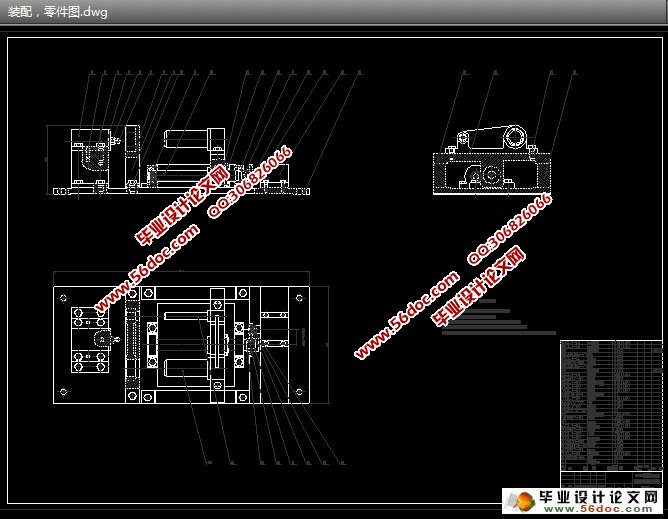

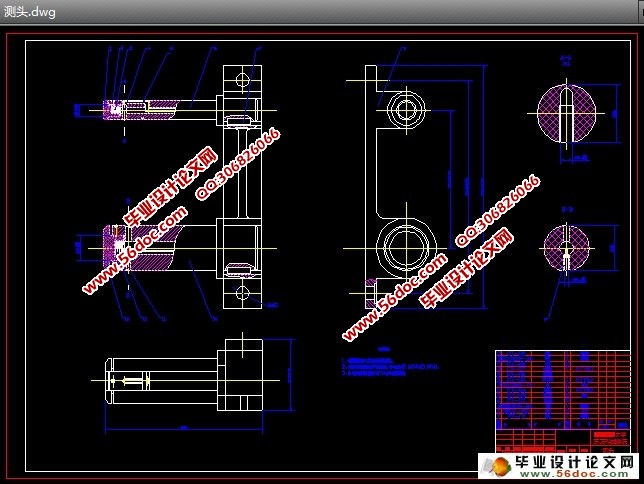
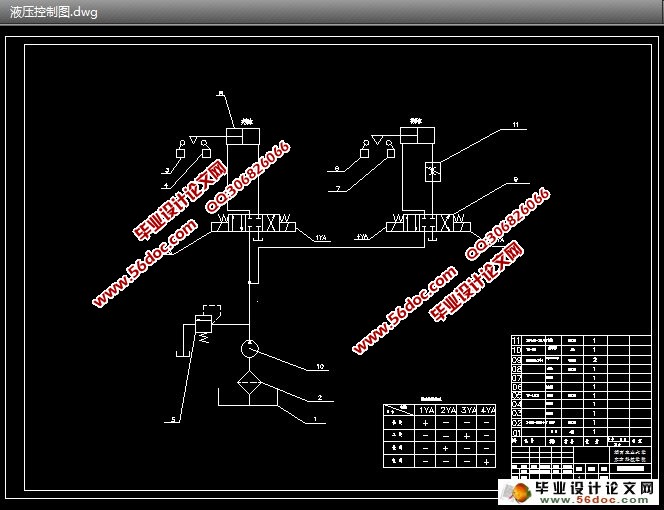
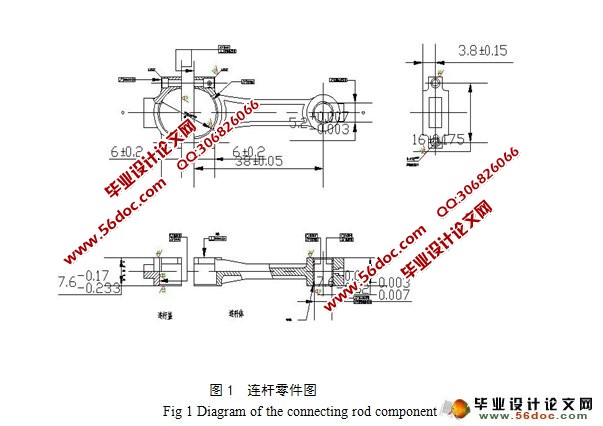
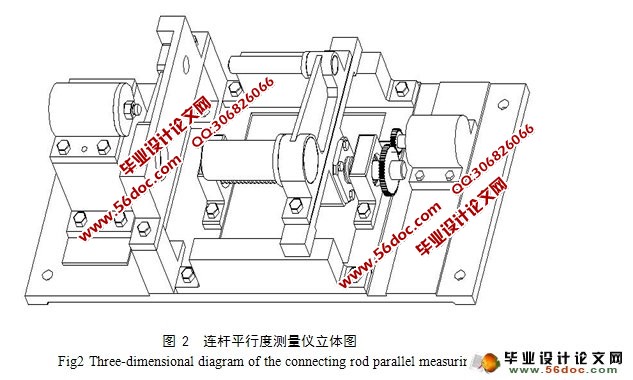
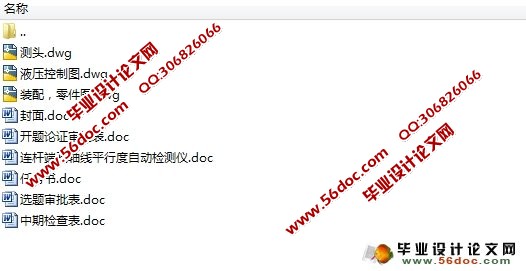
目 录
摘 要…………………………………………………………………………1
关键词……………………………………………………………………………1
1 前言…………………………………………………………………………………2
2 进给运动的要求 ………………………………………………………………………3
2.1 减少运动件的摩擦阻力……………………………………………………3
2.2 提高传动的精度和刚度………………………………………………………3
2.3 减少传动惯量……………………………………………………………4
3 滚珠丝杠的选择 ………………………………………………………………………4
3.1 概述……………………………………………………………………………4
3.2 滚珠丝杆的安装………………………………………………………………4
3.3 滚珠丝杆的润滑及防护………………………………………………………5
3.4 滚珠丝杆的设计与计算………………………………………………………6
4 齿轮传动的设计计算 …………………………………………………………………8
4.1 齿轮传动比的计算……………………………………………………………8
4.2 确定齿轮模数及有关尺寸……………………………………………………8
4.3 转动惯量的计算………………………………………………………………9
5 步进电机的选择………………………………………………………………………10
5.1 概述…………………………………………………………………………10
5.2 步进电机的工作原理…………………………………………………………10
5.3 步进电机的选择………………………………………………………………11
6 液压夹具的设计………………………………………………………………………12
6.1 液压夹具的液压基本回路…………………………………………………12
6.2 液压元件的选择……………………………………………………………12
6.2.1 油泵的选择……………………………………………………………12
6.2.2 液压阀的选择…………………………………………………………13
6.2.3 管道尺寸的确定……………………………………………………13
6.2.4 油箱容量的确定……………………………………………………14
6.2.5 滤油器的选择…………………………………………………………14
6.2.6 压力表的选择…………………………………………………………14
6.2.7 换向阀的选择…………………………………………………………14
7 传感器的选择及测量原理……………………………………………………14
8 连杆平行度的误差分析及计算………………………………………………15
9经济分析……………………………………………………………………16
10结 论……………………………………………………………………………16
参考文献 …………………………………………………………………………17
致谢………………………………………………………………………………………18
